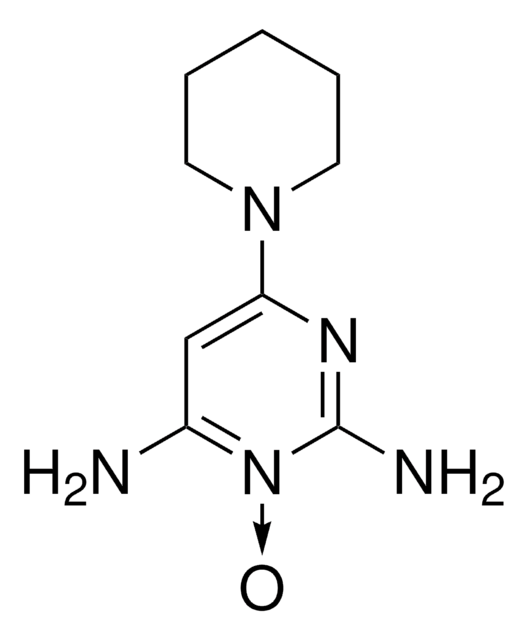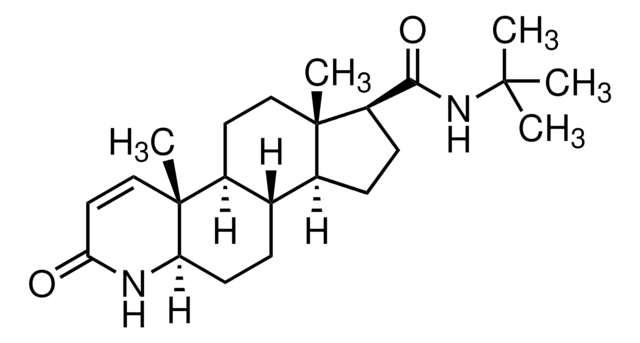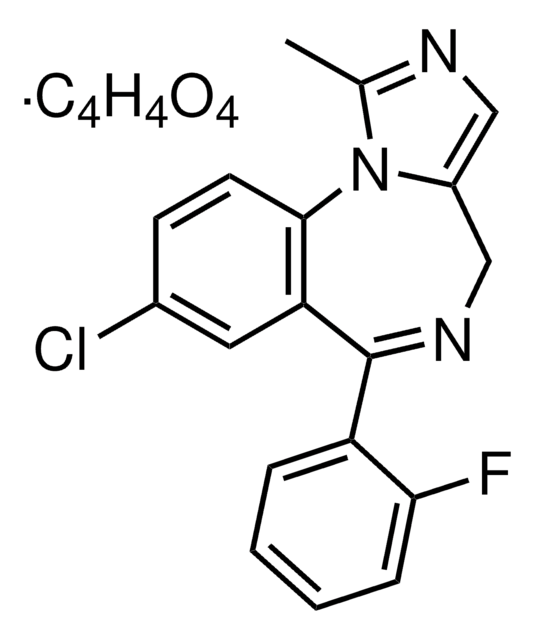Kluczowe dokumenty
M7920
Minoxidil Sulfate
Synonim(y):
U-58838
About This Item
Polecane produkty
Formularz
powder
Poziom jakości
inicjator
Johnson & Johnson
temp. przechowywania
−20°C
ciąg SMILES
Nc1cc(nc(N)[n+]1OS([O-])(=O)=O)N2CCCCC2
InChI
1S/C9H15N5O4S/c10-7-6-8(13-4-2-1-3-5-13)12-9(11)14(7)18-19(15,16)17/h6H,1-5H2,(H4,10,11,12,15,16,17)
Klucz InChI
OEOLOEUAGSPDLT-UHFFFAOYSA-N
Szukasz podobnych produktów? Odwiedź Przewodnik dotyczący porównywania produktów
Zastosowanie
Działania biochem./fizjol.
Cechy i korzyści
Inne uwagi
Hasło ostrzegawcze
Warning
Zwroty wskazujące rodzaj zagrożenia
Zwroty wskazujące środki ostrożności
Klasyfikacja zagrożeń
Acute Tox. 4 Oral - Eye Irrit. 2 - Skin Irrit. 2 - STOT SE 3
Organy docelowe
Respiratory system
Kod klasy składowania
11 - Combustible Solids
Klasa zagrożenia wodnego (WGK)
WGK 3
Środki ochrony indywidualnej
dust mask type N95 (US), Eyeshields, Gloves
Wybierz jedną z najnowszych wersji:
Masz już ten produkt?
Dokumenty związane z niedawno zakupionymi produktami zostały zamieszczone w Bibliotece dokumentów.
Nasz zespół naukowców ma doświadczenie we wszystkich obszarach badań, w tym w naukach przyrodniczych, materiałoznawstwie, syntezie chemicznej, chromatografii, analityce i wielu innych dziedzinach.
Skontaktuj się z zespołem ds. pomocy technicznej


